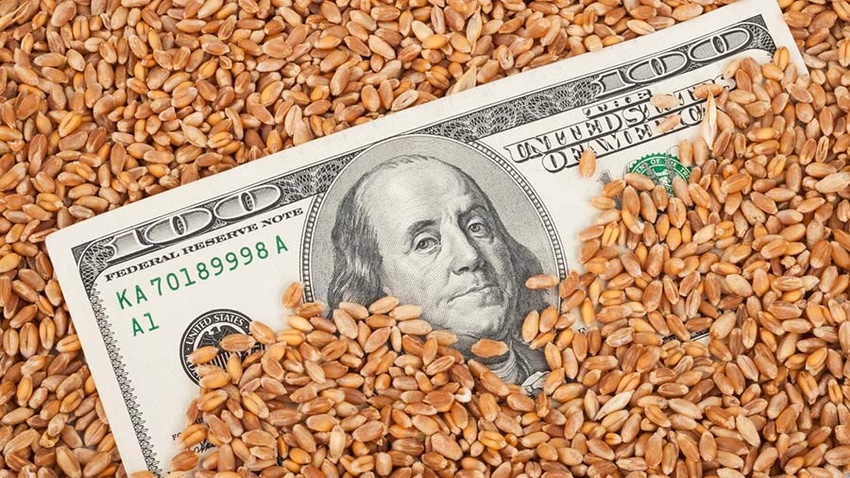
There is an old saying in risk management, “When is the shoe going to drop?” In other words, the economy appears to be too good to last.
There is no doubt that since the beginning of the pandemic, the agricultural economy has done quite well.
Examining the recently released FINBIN data finds that after the economic grinder years of 2013 to 2019, net income for the average farm on an accrual adjusted basis performed very well. The differences are magnified when examining the top 20 percent of the group measured by profitability.
During the winter speaking circuit, agricultural lenders indicated that many producers did not draw on their lines of credit. And some producers paid cash for capital expenditures, despite inflated costs. These purchases were made before the interest rate increases had time to be reflected in the cash flows. What might be around the corner to make the “shoe drop?”
A rapid or sustained decline in commodity prices across the board with sticky, inflated costs and higher interest rates could be the recipe for a margin squeeze. This will be particularly true for producers without a disciplined marketing and risk management program that is executed and monitored. Weather, trade issues, geopolitical military action, and global economic health could be the convergence of events leading to a price decline.
A tightening of operating credit by reviewers and regulators could negatively impact financial liquidity positions. Whether a business, household, or even a country, often financial liquidity issues can quickly occur overnight.
This is why producers must place an emphasis on monitoring business financial liquidity.
Global debt has increased dramatically since the pandemic to $308 trillion. The debt to gross domestic product ratio is over 250 percent in emerging nations and even countries like China and parts of Europe. With elevated interest rates, debt ridden countries and those in a recession are vulnerable to increased interest expenses.
At the individual producer level, the sixth “C” of credit known as the cranium or the management mindset has never been more important.
Whether it is adversity or attempting to capitalize on opportunity, being a “five percenter,” or a little bit better than your peers on production, marketing, finance, risk management, and human resources, is a holistic management position one must work towards.
The five percent mindset can provide the resiliency, nimbleness, and agility to navigate the increased possibility of the proverbial shoe dropping in the economic trends.
About the Author(s)
You May Also Like






